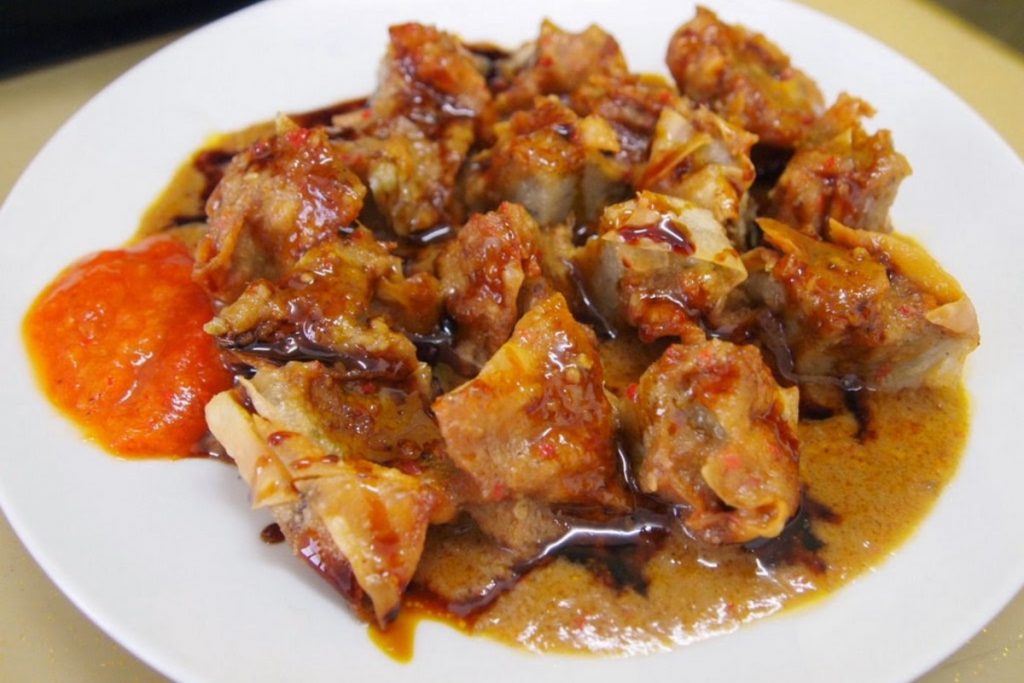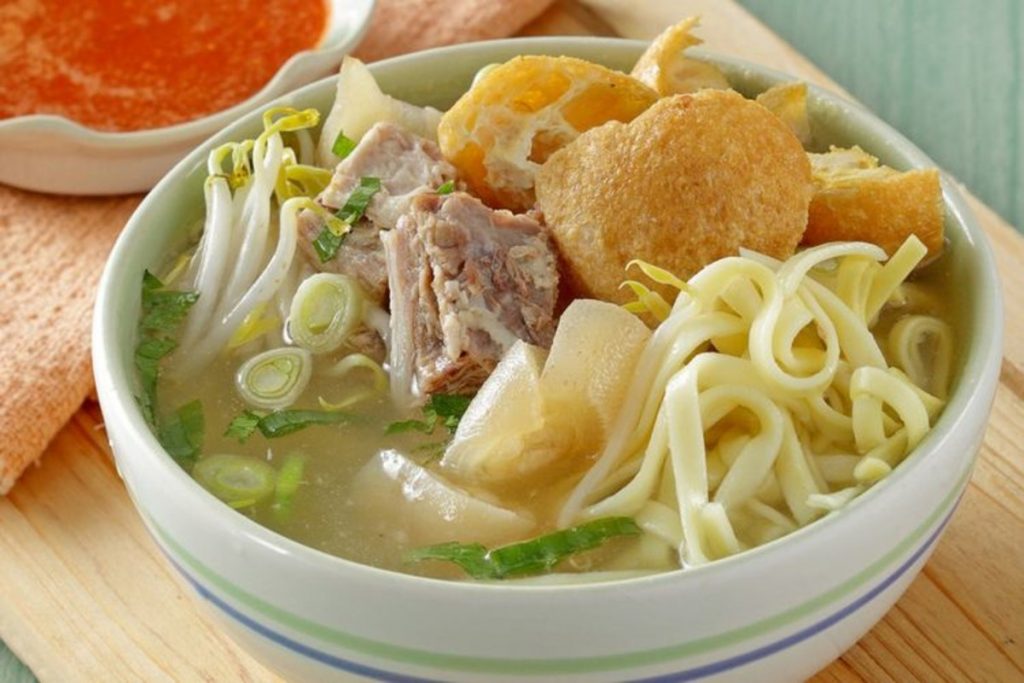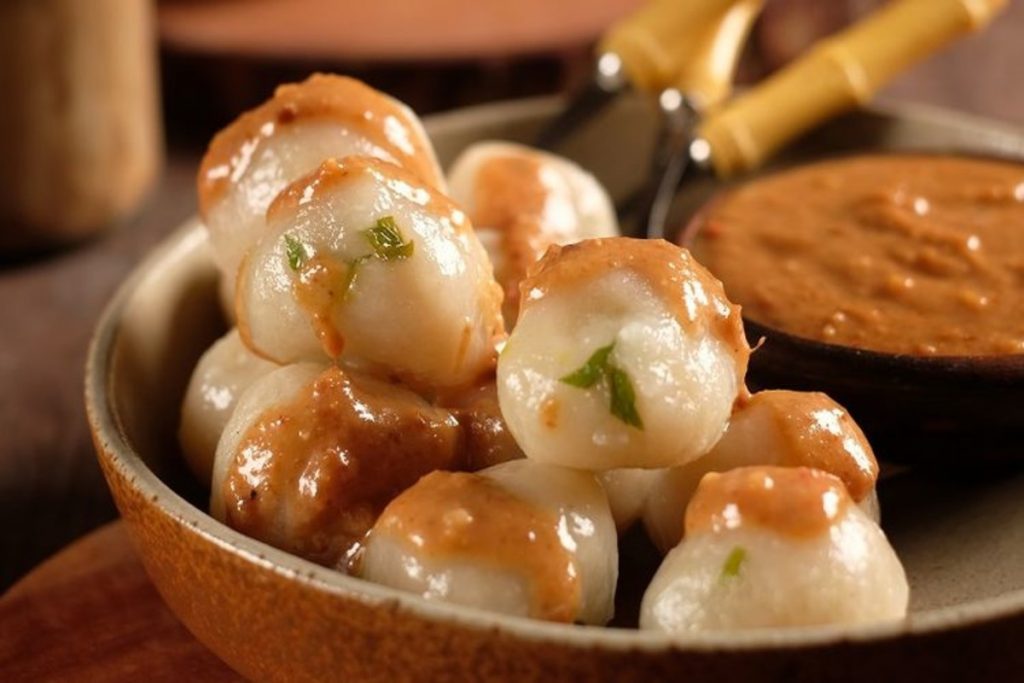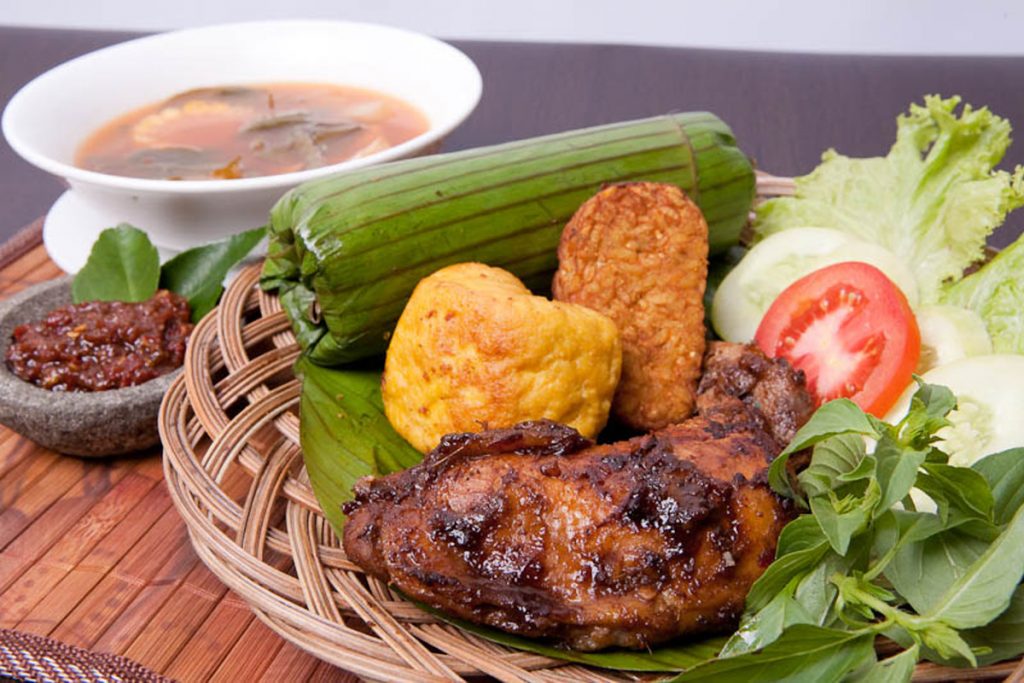Java may just be Indonesia’s fifth biggest island by mass, yet it is the most populated island in the nation. Once dominated by Buddhist and Hindu empires from the eighth century, the way of life of Javanese people moved to an Islamic sultanate in the sixteenth century, trailed by the Dutch colonial period.
In West Java, you will discover Sundanese people as well as the Betawi people (an ethnic group from Jakarta). The different ethnic groups on the Java island, alongside the authentic impacts, add to West Java’s rich culinary customs.
In this article, we will explore 7 local cuisines of West Java you must try.
- Karedok

Karedok is the conventional Indonesian rendition of a vegetable plate of mixed greens. This basic and healthy dish calls for raw and fresh fixings which are cut and presented with a traditional peanut sauce.
The most widely recognized vegetables in karedok incorporate cucumbers, green beans, cabbage, Thai basil, bean sprouts, and eggplant. Nonetheless, different vegetables can be utilized too.
The sauce is made by granulating seared peanuts along with palm sugar, salt, and bean stew. The peanut sauce can be balanced with different fixings, for example, shrimp paste or garlic.
You might find this cuisine in these best Sundanese restaurants in Jakarta.
- Batagor

One of the most renowned snacks in West Java is batagor, a singed fish dumpling served in a customary spicy sauce. It has established in the Chinese culinary convention which has left a trace on numerous Indonesian dishes.
Despite the fact that this renowned tidbit is suggestive of the more popular Chinese dumpling, its recognizable trademark is that it is singed, not steamed. The most widely recognized fish used to make the dish is wahoo, yet mackerel, tuna, and prawns can likewise be utilized.
Potatoes, cabbage, or tofu are added every so often added to the dish. Bet you can find this snack in these must-visit cafes in Bandung.
- Mie Kocok

Originating from Bandung, mie kocok is an aromatic soup that consolidates cut beef, meatballs or meat offal with flat yellow noodles and different accompaniments, for example, bean sprouts, crackers, cut scallions, and singed shallots. All fixings are served in a clear beef stock while zesty sambal paste and soy sauce might be filled in as toppings.
The nickname, mie kocok, generally deciphers as shaken noodles, apparently on the grounds that the noodles are shaken in a sifter before they are added to the soup.
- Lalap

Lalap is a customary Indonesian plate of mixed greens originating from West Java. Despite the fact that there is no set recipe for the serving of mixed greens, it is frequently made with fresh and raw vegetables, for example, tomatoes, green eggplants, lemon basil, cabbage, cucumbers, and long beans alongside boiled or blanched chayote, papaya leaves, spinach, water spinach, and cassava leaves.
The plate of mixed greens is served cold or at room temperature and it is constantly joined by sambal terasi dipping sauce. Lalap can likewise be filled in as a side dish with singed fish, pepes, and seared chicken.
Anyway, here are must-try restaurants in Bandung that might serve lalap.
- Cilok

Cilok is the West Javanese forte consisting of chewy balls arranged with a base of custard flour and different additions that may incorporate garlic, dried shrimp, scallions or chives. Regardless of whether singed or boiled, cilok balls are normally joined by a sweet peanut sauce or hot sauce based on sweet soy sauce and ketchup.
Cilok balls are sold by street sellers and they are normally served on skewers or sticks.
- Empal Gentong

Empal gentong is a customary Indonesian soup originating from Cirebon. Cooked in a clay pot, the soup is generally made with a blend of meat, garlic, shallots, candlenut, nutmeg, turmeric, coconut milk, sweet soy sauce, lemongrass, cloves, and kaffir lime leaves.
There are numerous variations from the soup, so the fixings may differ. The soup is gradually stewed in a clay pot until the meat gets delicate and begins to fall apart.
Prior to serving, the soup is generally decorated with chives (kuchai) which give a gentle garlicky and verdant flavor to empal gentong.
- Nasi Timbel

Nasi timbel is a customary Indonesian rice dish originating from West Java. This very basic nasi dish is made with rice that is enveloped by a banana leaf and then steamed until delicate.
Nasi timbel is once in a while eaten all alone – or rather, it is presented with different hot dishes and side dishes, for example, seared chicken, tofu, singed fish, tempeh, vegetables, sambal or soups.
So, these are 7 local cuisines of West Java. While you are at it, check out the best local restaurants in Bali and the characteristics of Indonesian cuisine.
